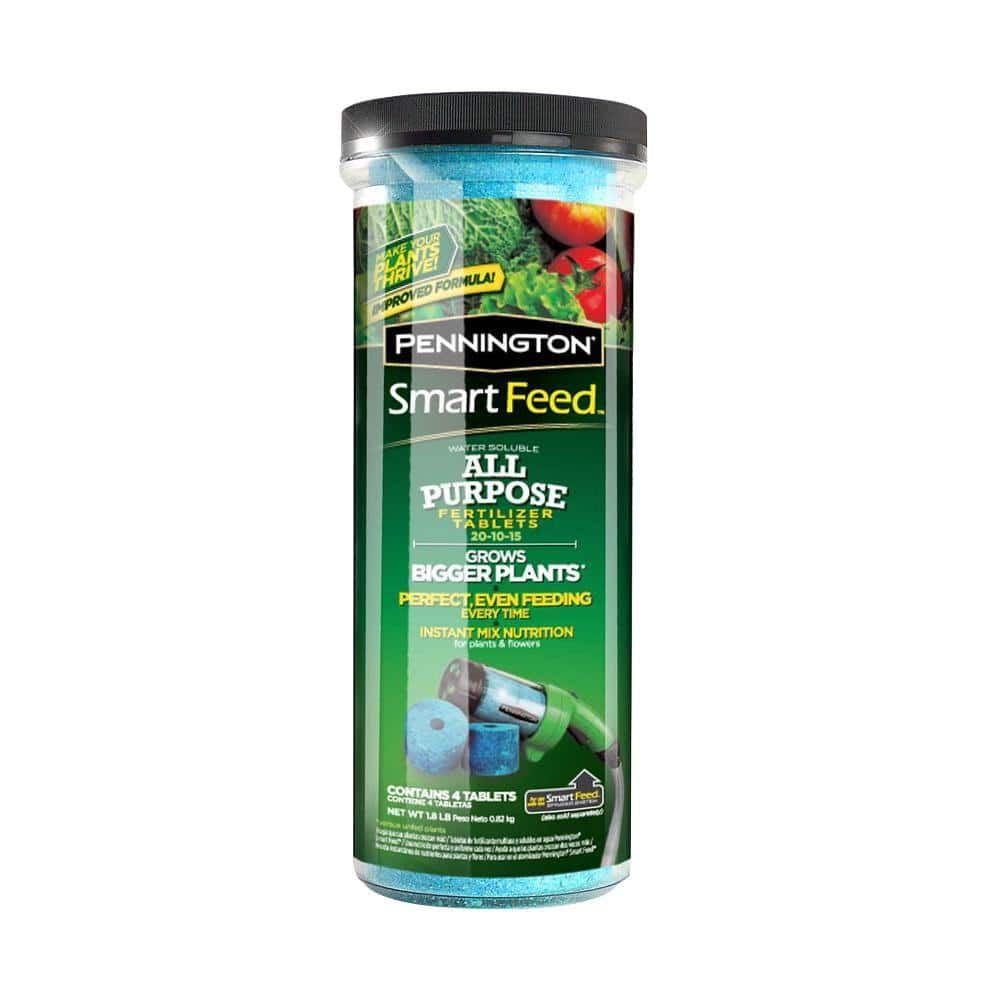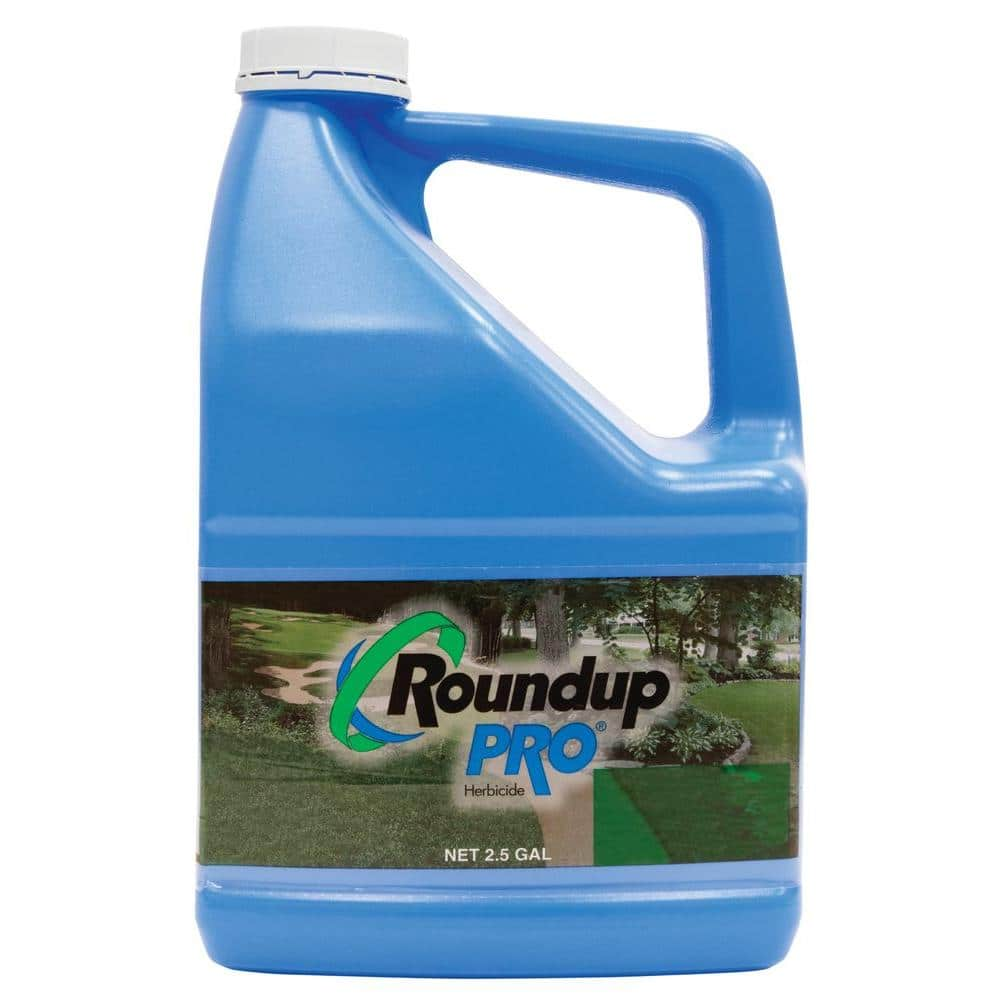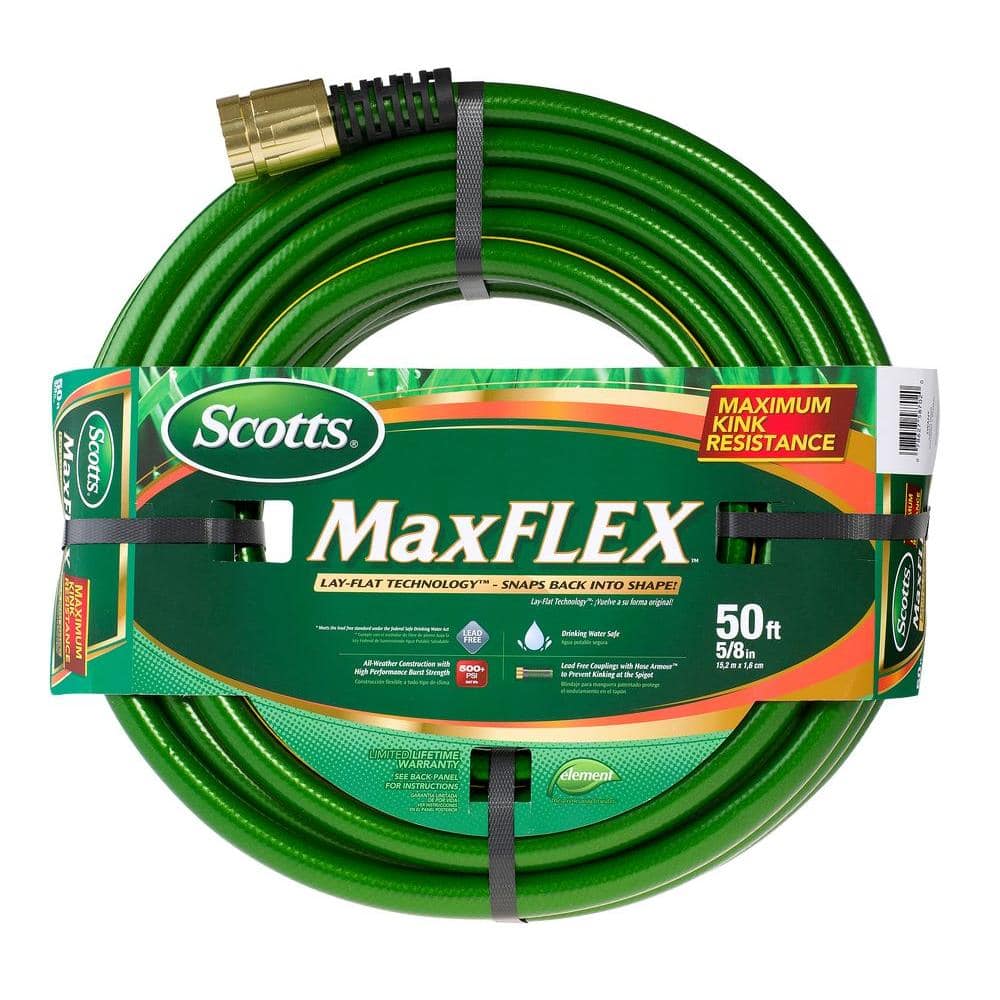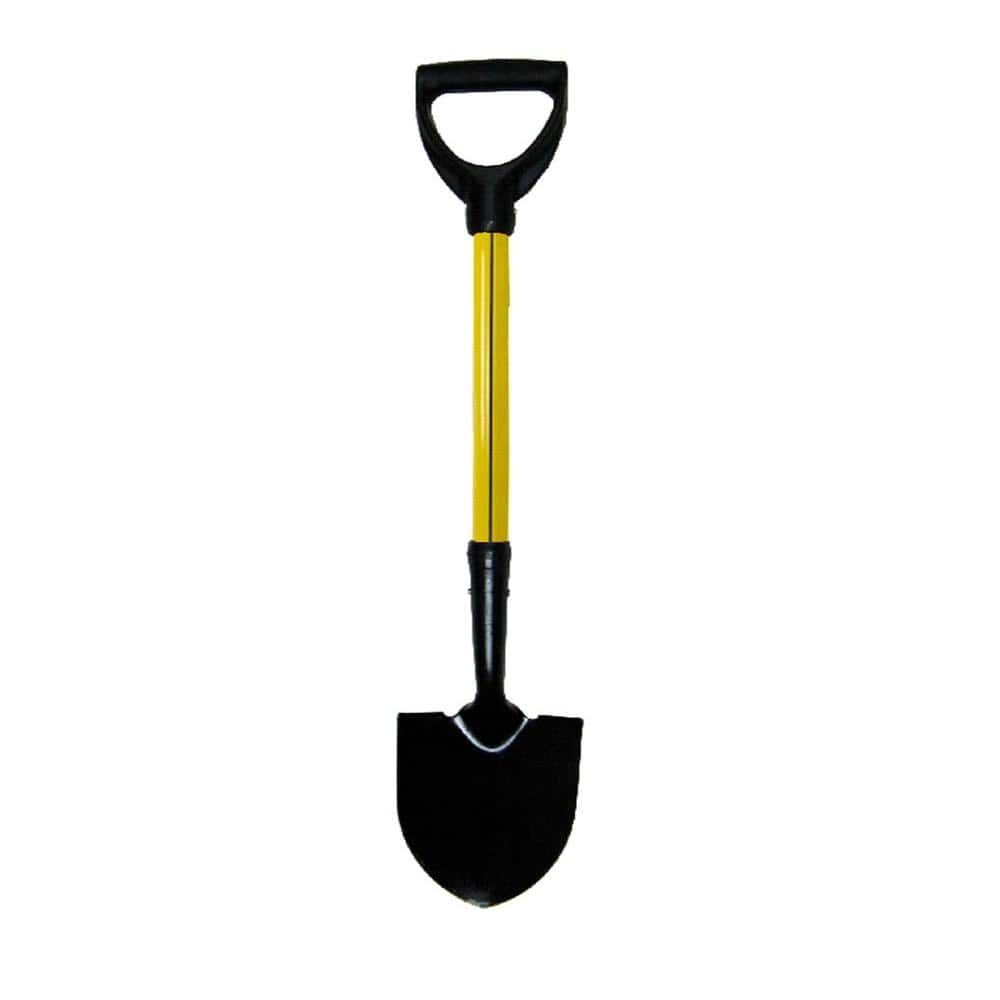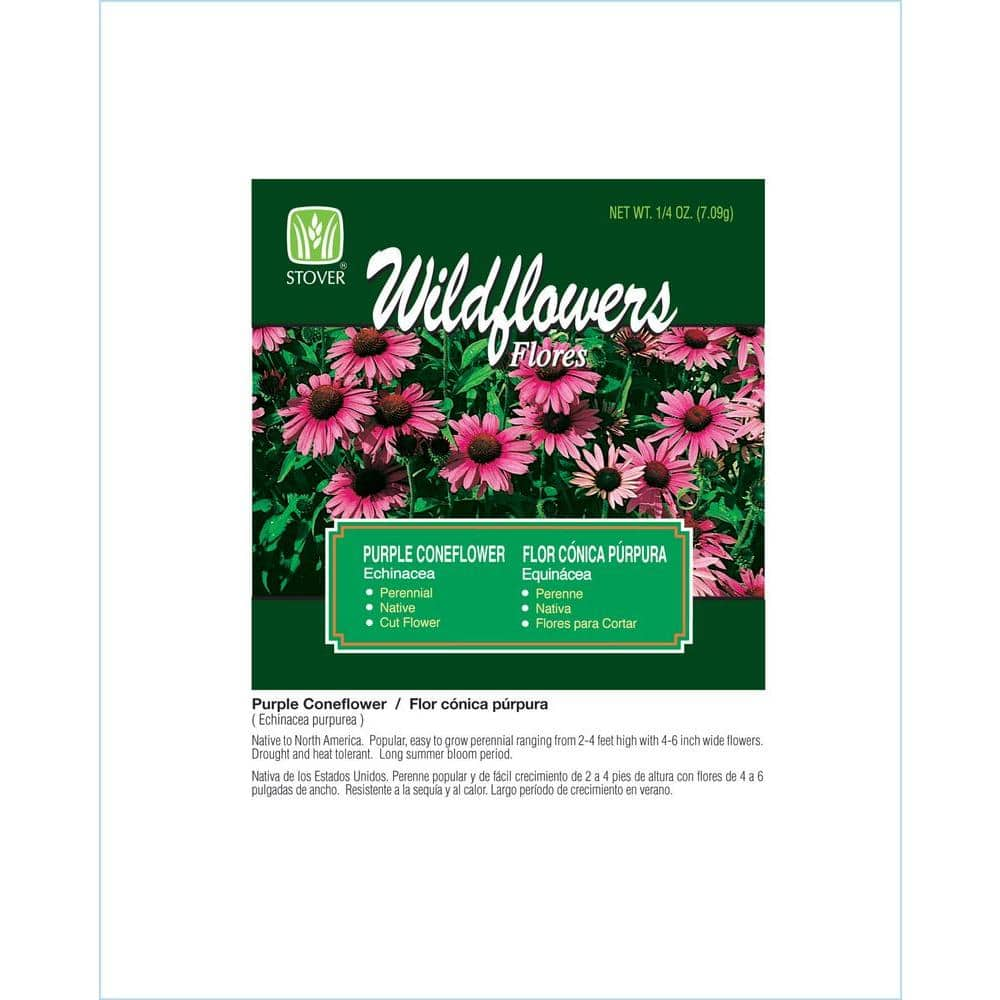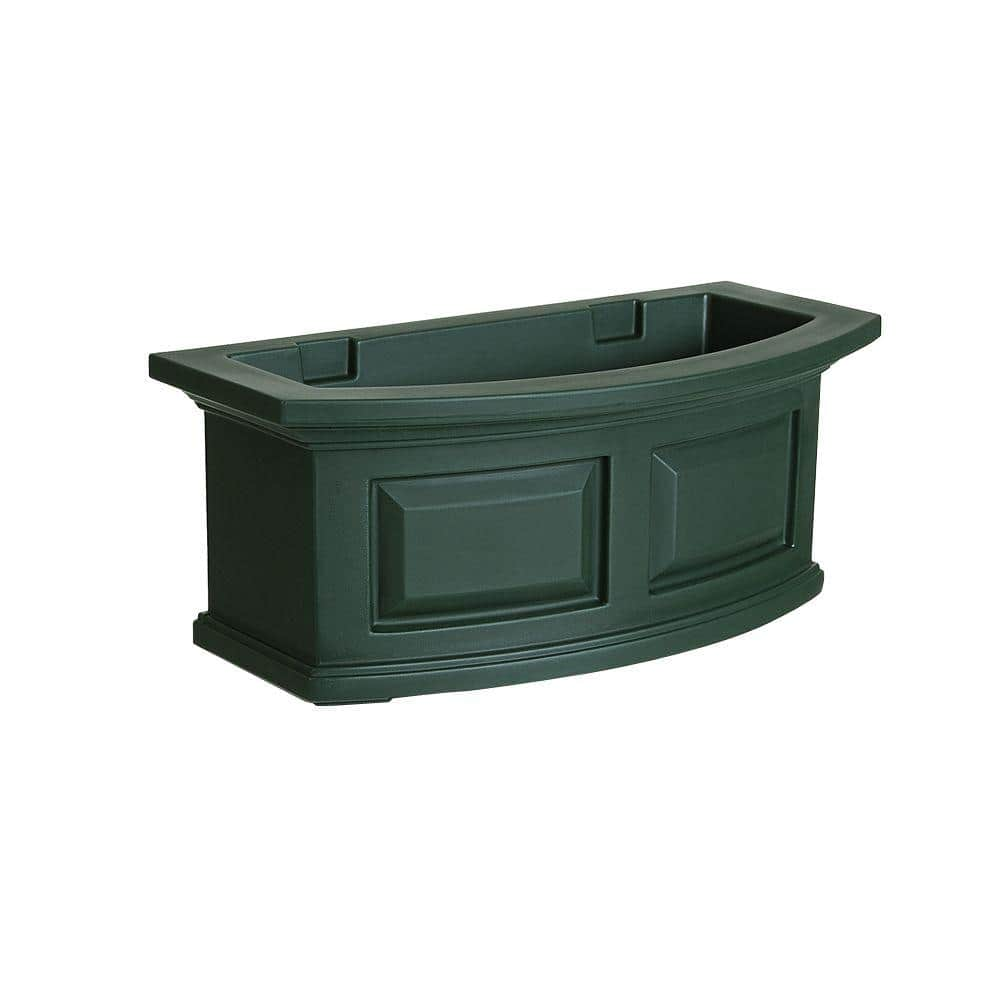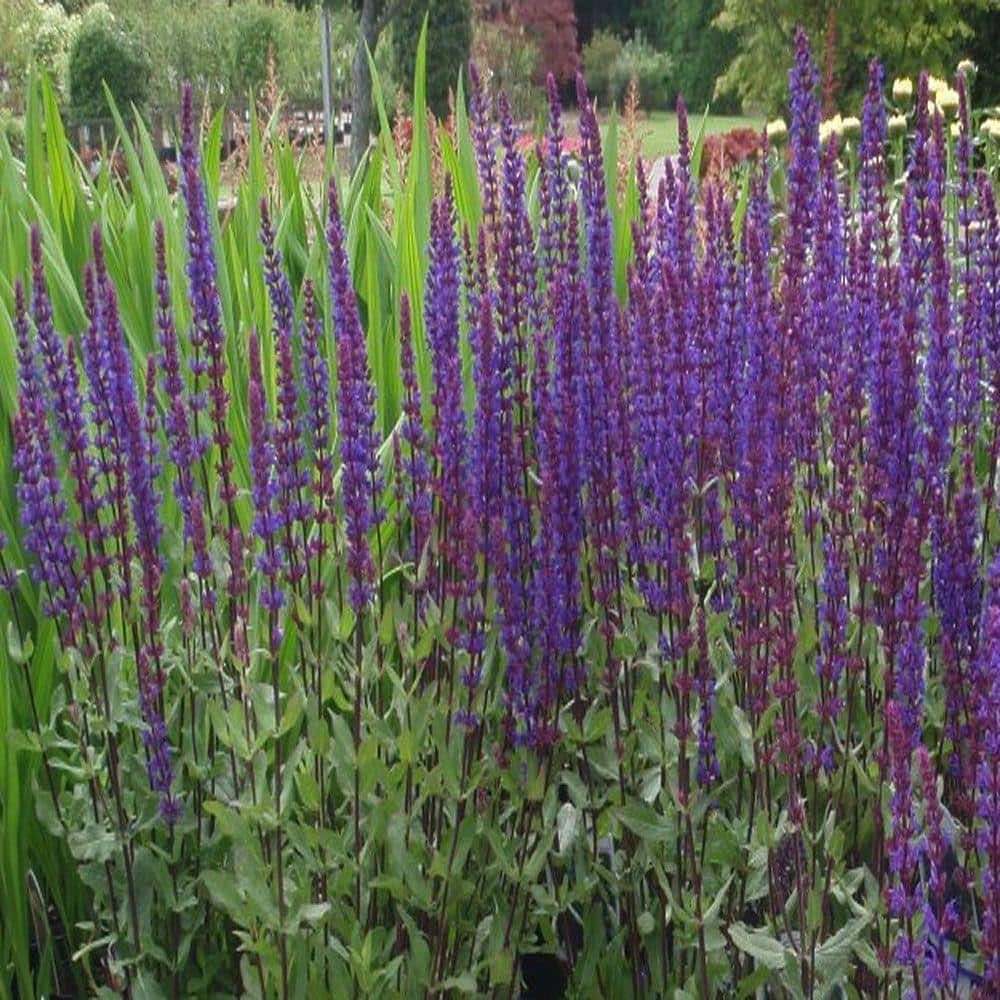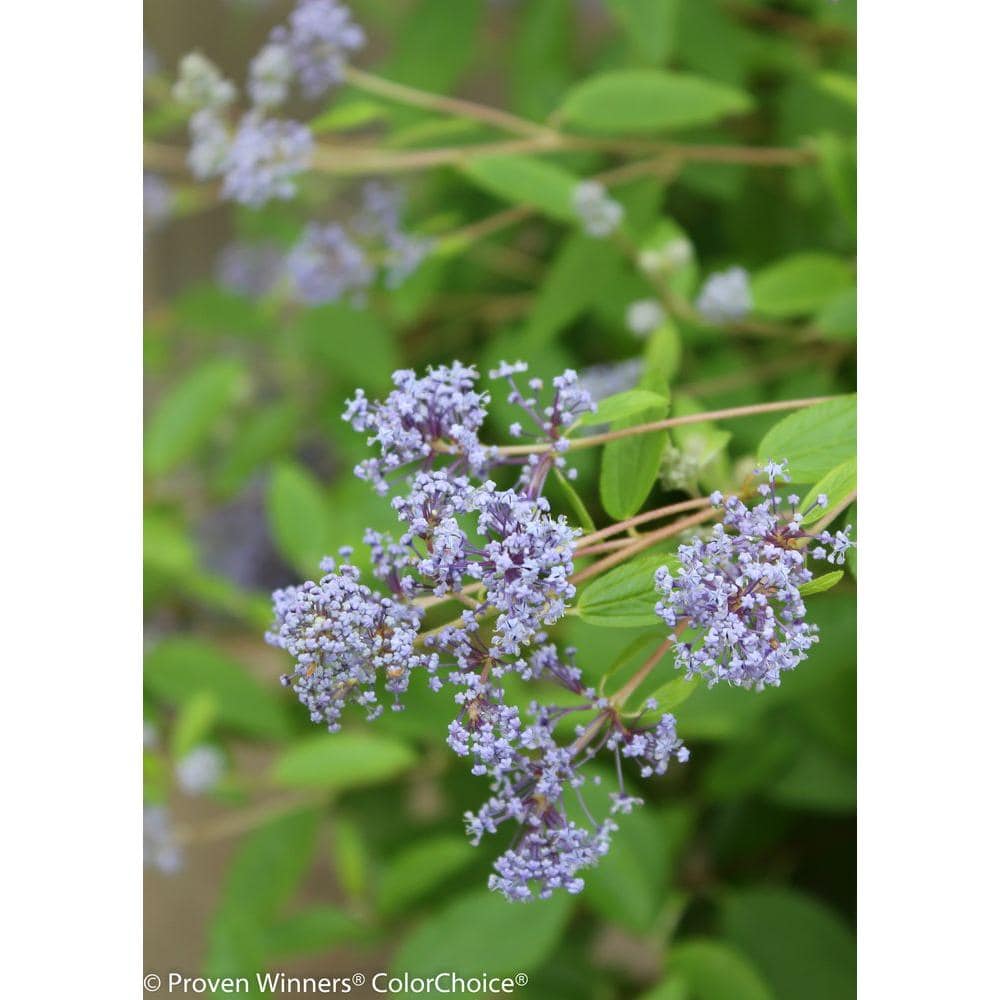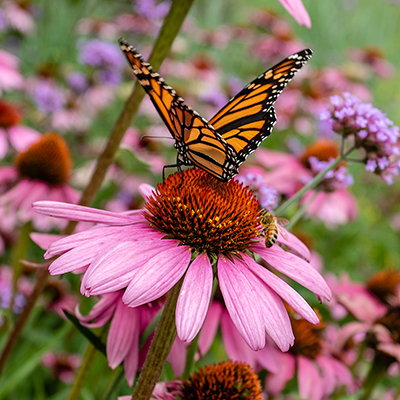Create a Garden Buffet for Pollinators

Published March 21, 2025
Flowers, shrubs and other blooming plants do much more than add color. While they're beautiful, they also support and sustain pollinators.
In this guide, learn how to create a garden buffet for pollinators. You'll enjoy colorful blooms and boost the surrounding ecosystem. Whether you have a small, medium or large garden, we've got you covered.
Table of Contents
Pamper Pollinators
Plant Native Flowers, Trees and Shrubs
Choose Flowers with Long Bloom Periods
Grow in Containers
How to Add Flowers for Pollinators
Pamper Pollinators

Bees, butterflies and hummingbirds play a vital part in the ecosystem. Other pollinators include moths, flies and bats. They’re the unsung heroes when it comes to fertilizing plants. Their movements ensure the production of seeds. They help carry pollen from one plant to another. These plants bring us countless fruits, vegetables and nuts. They help supply half the world's oils, fibers and raw materials. The plants even prevent soil erosion and increase carbon sequestration. Even a small pollinator garden can make a big impact.
Pollinators provide services to more than 180,000 plant species across the globe. There are many plants that make your garden pollinator friendly. There are so many beautiful flowering perennials and annuals. Many shrubs and trees also attract pollinators. To attract pollinators, select plants with yellow, red, orange or blue petals.
Additionally, pollinators love a fresh, mild and flowery sweet scent.
Borage is a good example. It produces blue, star-shaped petals and its nectar is sweet, so bees love it. A butterfly bush is great for, you guessed it, attracting butterflies. Its blooms are purple, white and pink and the scent is lovely. With proper care, butterfly bushes last for decades in your landscape.
Milkweeds (asclepias) attract bees, butterflies and hummingbirds. Famous for attracting monarchs, their sweet nectar feeds many pollinators. You can find beautiful milkweed blooms in a range of yellow, orange and red colors.
Plant Native Flowers, Trees and Shrubs

Pollinators get much of the nectar and pollen they need from native plants. Nurture the native flowers, trees and shrubs you already have. Think native when adding long-lived plants to your landscape. No matter where you are, try butterfly bush, redbud trees, lilies or yarrow. Below are native species for specific US regions.
Maritime Northwest Region:
- Bigleaf lupine
- Douglas meadowfoam
- Showy milkweed
- Canada goldenrod
- Douglas aster
- Buckbrush
- Blueblossom
Mid-Atlantic Region:
- Lanceleaf coreopsis
- Butterfly milkweed
- Purple coneflower
- Field thistle
- New England aster
- Seaside goldenrod
- Highbush blueberry
- Basswood
Midwest Region:
- Cream wild indigo
- Wild geranium
- Purple prairie clover
- Culver's root
- Missouri ironweed
- Wingstem
- Ninebark
- Buttonbush
Northeast Region:
- Spiderwort
- Blue vervain
- Cardinal flower
- Wild golden glow
- Calico aster
- Wrinkleleaf goldenrod
- Raspberry bush
- Virginia rose
Choose Flowers with Long Bloom Periods

Plant flowers that bloom at different times. This is so pollinators can find nectar throughout the season. Use annuals and perennials, flowering shrubs, vines and trees. Among garden-size bloomers, anise hyssop and blanket flower bloom intermittently for months. This allows pollinators to check for new blossoms daily. These flowers tend to reseed themselves and are low-maintenance.
More long-blooming pollinator plants:
- Milkweed
- Salvia
- Sedum
- Tickseed
- Zinnia
Tip: Check your hardiness zones and garden calendars to help select the best pollinator plants for your area.
Grow in Containers

If you don’t have a yard, use containers. Use hanging baskets, vertical garden planters and window boxes. When you garden with planters, you can bring plants and pollinators up close to your living area, like a patio off your kitchen.
How to Add Flowers for Pollinators

- Choose a location: Select a sunny site. Add your garden to an existing one or grow a special pollinator-friendly garden.
- Remove weeds: Once you determine your planting area, remove all weeds.
- Go bright: Select flowering blooms in bright colors. Choose ones that have nectar and sticky, scented pollen. Pollinating insects typically go for red, blue, orange, yellow, pink and purple. They love plants with flat flower heads or blooms that grow in clusters.
- Plan your garden: Plan your garden by arranging masses of flowers and blooms that can easily be spotted.
- Plant tall flowers near the back of the garden. Pollinators love tall blooms such as coneflower, zinnia or sunflower. They also love black-eyed Susan, butterfly bush and aster. These tall flowers present a landing-like platform for pollinators.
- Salvia, yarrow and snapdragon are perfect for medium blooms. Consider also catmint, penstemon and lamb’s ears.
- Plant the shortest plants in the front. Options are viola, verbena and low-growing herbs like thyme.
- If you’re planting in a container or against a wall, try using flower seeds. Garden centers offer pollinator seed and butterfly seed mixes. These pre-mixed packages come with multiple varieties of flowers. Options include zinnia or tickseed that bloom at intervals all season long.
- Plant blooms: To plant, dig a hole with a garden shovel the depth of the plant’s root ball. Use gardening gloves to protect your hands. Gently remove the plant from its container and place in the hole. Cover roots with a couple handfuls of compost and pat firm so the plant stands tall. Add a 2-inch layer of mulch on top for extra protection. It will work against weeds and help keep plants moist.
- Water well: Be sure to keep your garden watered well. For planters, water with a garden hose and watering wand. Or, use a watering can. For larger gardens, use drip irrigation or soaker hoses.
- Fertilize: Boost your blooms in your garden by adding plant fertilizer. Feed according to fertilizer instructions. Use organic fertilizer for blooming edible herbs.
Making a garden buffet for pollinators is rewarding. Ready to take the next step to building a pollinator haven? For seeds, soil and tools, The Home Depot offers online orders when and where you need them.

